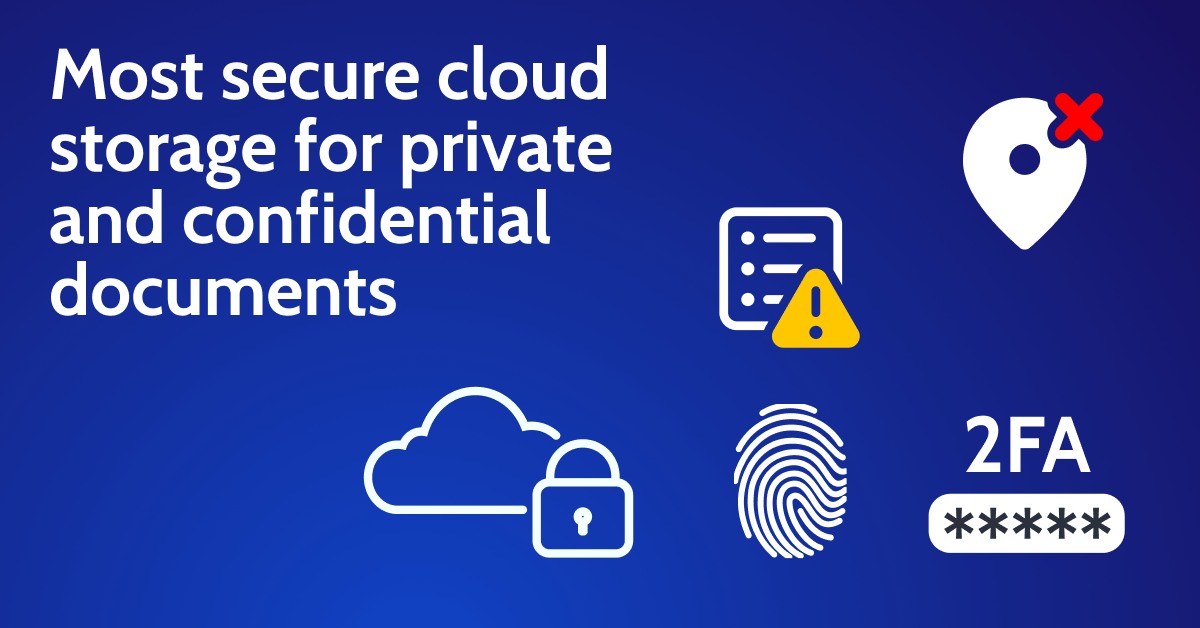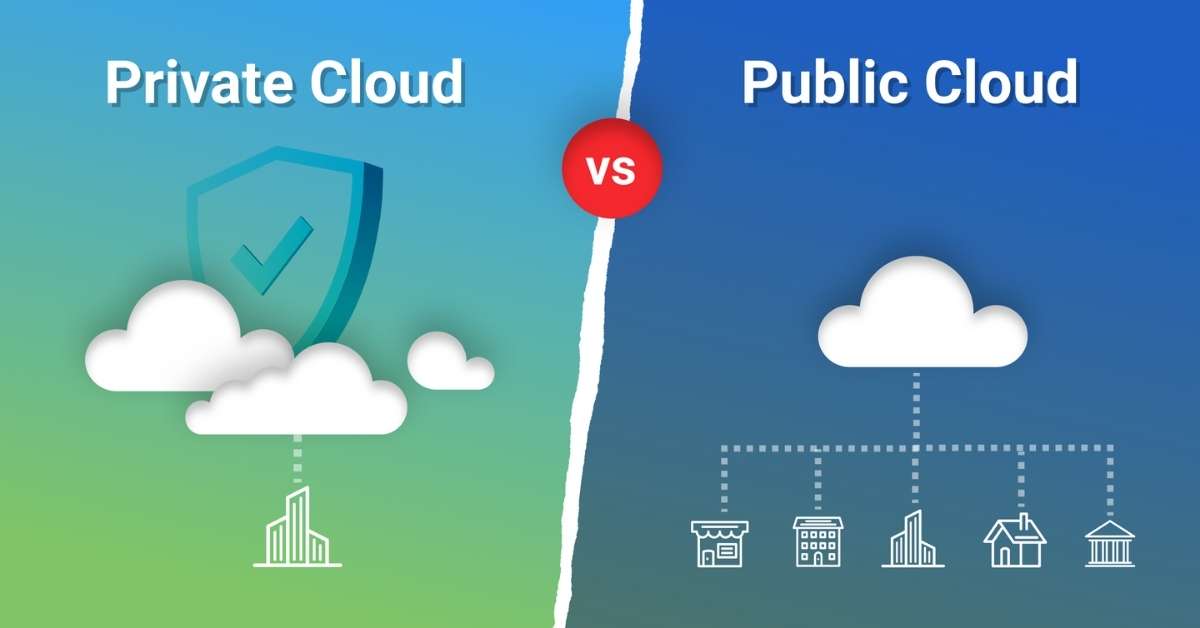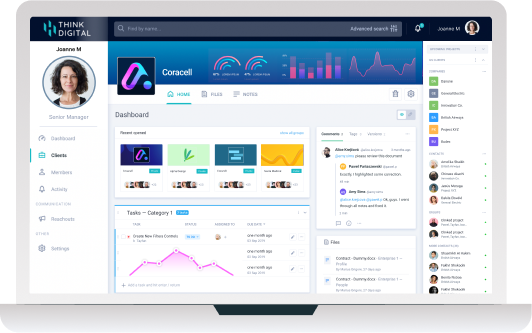The prices for private cloud are falling, and it is coming to the point where offerings that are on-premises can mimic the convenience and flexibility of public cloud while giving their customers the support, sovereignty, and security that they need. There is a cost to this tailored product however, and it is becoming more apparent that there are three service tiers that are available to choose from. These are pretty much common across all management private cloud providers, and there are some situations where private cloud options could work out to be cheaper than their public counterparts.
Private cloud providers took notice of the large-scale public clouds and how they appealed to smaller businesses with cheaper costs, a range of options for management, and more flexible contracts. At one point sales for fully managed private cloud was down 22% for the year, and this sparked a change among the providers, with them soon offering cheaper packages. Both the customers and providers were both interested in the same thing, reaching a satisfactory level of labor efficiency and utilization. From this realization, private cloud providers were able to bring the unit costs of storage and computing down to public cloud levels. After this, value can be added for the providers and businesses through bundled packages or a la carte ordering, which protects against risk and reduces overhead costs.
Benefits Of Private Cloud Pricing
Private cloud products that are fully managed are often a good option when both benefits and cost are important. In the market there are a wide range of prices for computing resources, with the public cloud benchmark being around the same as the private cloud pricing average, this is thanks to the sharp drop in pricing that we mentioned in the last section.
When the private cloud products are analyzed further, it can be seen that there are three tiers that each come with their own price range, and they provide increasing value as the price increases. There is a cost-reduction tier, which focuses on being as cost-effective as possible, overhead reduction tier, which has better Service Level Agreements (SLAs) and monitoring, and finally the risk protection tier, which has much better compliance and multiple SLAs. Each tier has a price range that are now in a very competitive place for businesses.

Private cloud products are becoming more attractive to businesses as they better address their main concerns: 36% of IT decision makers stated in a study that security of their information is their top priority, then lack of IT staffing followed close behind at 29%. The most expensive tier, risk protection, would be focused on the first point, the overhead reduction tier would take care of the second point, and every IT department in the world are concerned with cost, but for those who are on an especially tight budget, the cost reduction tier is for them.
Self-managed Private Cloud?
If enterprises choose to own and manage the private cloud themselves, it can even further reduce the cost, and through this method public cloud prices can definitely be beaten. The private cloud product price as discussed above should already be competitive if not on par with public cloud pricing, but once you remove the cost of labor to manage the cloud, it will no doubt result in a more cost effective product, albeit with more work for the customer needed.
Partially managed clouds can also provide some decent bang-for-your-buck. If the company is willing to just manage the data center aspect, it can greatly bring down the cost of the private cloud products, again with some elbow grease involved.
 Providers and companies should be transparent and honest when offering and shopping for private cloud products, the primary driver of the investment for the company should be what determines what product they go for. The service providers should also advertise the various tiers of products and bring the self-managed options to the customers attention, to ensure that the customer walks away with the best solution for them, not the one that will make the most money for the provider. With that being said see below for some example pricing from some of the major players in the private cloud industry.
Providers and companies should be transparent and honest when offering and shopping for private cloud products, the primary driver of the investment for the company should be what determines what product they go for. The service providers should also advertise the various tiers of products and bring the self-managed options to the customers attention, to ensure that the customer walks away with the best solution for them, not the one that will make the most money for the provider. With that being said see below for some example pricing from some of the major players in the private cloud industry.
Private Cloud Pricing
Here are three examples of private cloud pricing:
- Canonical's Charmed Openstack - License, $0; Design and delivery, $75,000 or $150,000 per engagement; Support only, $1,500 per host; Support and fully-managed, $5,475 per host.
- Red Hat Openstack Platform - License, $0; Design and delivery, $75,000 or $150,000 per engagement; Support only, $6,300 per 2 CPUs; Support and fully-managed, Not available.
- VMware vRealize - License, $7,945 per 1 CPU or 25 VMs; Design and delivery, $587,000 per cloud; Support only, $1,986 per 1 CPU or 25 VMs; Support and fully-managed, Not available.
What do you think of the current private cloud pricing? Does your company use private cloud? Clinked would love to hear your thoughts in the comments!
Clinked offers private cloud solutions to enterprise clients who want an extra level of security and improved performance compared to the standard public cloud platform. Book a demo to find out more:










Let Us Know What You Thought about this Post.
Put your Comment Below.